Industrial design for business, part 2: design instead of marketing or making a product that will sell itself
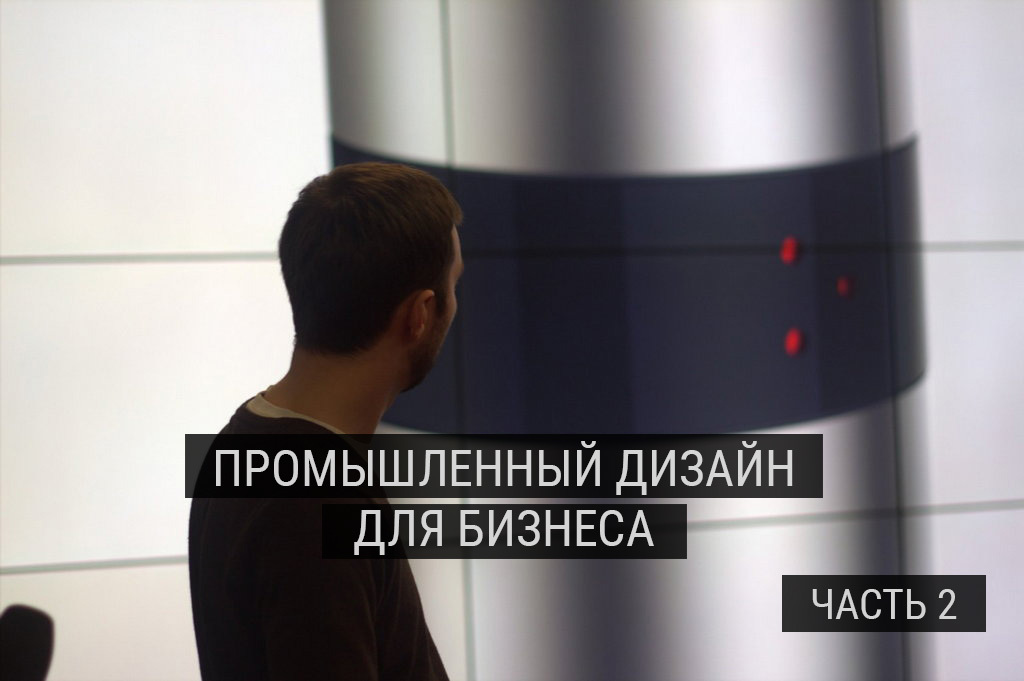
In the previous article, we talked about how to reduce the cost of start-up, production and logistics of a product thanks to a competent approach to its design. This text will be devoted to how industrial design works to increase sales. Ultimately, the goal of any business is sales, does it involve the development of a new one, the modernization of an old one, or does it even belong to the services sector.
The fact that marketing has ceased to be the main sales tool has been announced by business analysts ten years ago. It’s almost impossible to sell anything with marketing. It is much smarter to make the product sell itself - that is, it has the set of properties that will make it attractive for purchase. For the most part, the creation of these qualities is the concern of industrial design.
')
Think "on the shore"
So, what kind of product do we need to create? What properties need to be invested in it, what qualities to give it so that it is sold as well as possible?
At the initial design stage, any product is just a set of functionality. Each functional characteristic corresponds to one or another needs and expectations. Before you start drawing and counting, it is better to collect and evaluate these needs. What and who may need from your product? Anyone who is somehow interested in your product needs something from it. A business owner, producer, buyer, assembler, logistician, accountant ... even Aunt Masha, a cleaner, needs a sweeping underneath!
The most difficult thing is to bring all these requirements into one product. The more expectations it fits, the better it satisfies all interested characters, which means the better it will be sold. In order to make your product the most sold, try to disassemble it into separate properties and improve each of them. Note that here we are deliberately not trying to build a hierarchy: appearance - cost - reliability - which is more important, what is more important and where it is necessary to direct efforts in the first place. For each of our potential consumers, the significance of all these properties is different, which means that they affect sales in different ways in different cases.
Let's explain this with specific examples:
Appearance: by the way they meet
How much sales will improve the appearance? To answer, you need to imagine:
a) buyer
b) competitors
c) themselves
Let's start with the buyer . Who is the buyer of your product? More precisely, how does he buy? After all, buying, considering the goods in the store on the shelf - is completely different than making a choice in the corporate segment, and even more so - if you participate in a public tender.

Photo of a respectable man in a suit, Yandex
Take for example ... to choose such a simpler, almost elementary ... For example, a dog bowl. Primitive iron dog bowl. If you are the owner of the dog, and even more so, the owner - the way this bowl looks, whether you like it, is very important to you. If you are a dog kennel owner, it is much more important for you that this bowl be reliable, convenient to use, would not be out of order for a long time and at the same time would be inexpensive. If you work in a company that wants to win a tender for equipping a center for service dogs, only one factor is important to you - cheapness. And if you are a dog?

From left to right: retail market, corporate, government order
As you can see, the buyer and user may not match. If we consider the appearance as a sales tool, it is important to take into account the opinion of the buyer, not the user. Although an individual - a person - usually combines these roles in themselves. In the case of a corporate buyer, there are more roles: the decision maker - the purchasing department - the retail network - the direct user ... and if we talk about government structures, there is even more fragmentation of interests, so in the end the user's opinion can be completely ignored by the buyer.
Answer your questions:
a) Is the product appearance important to my customer?
b) How do customer and user needs match?
This can be represented as a diagram:
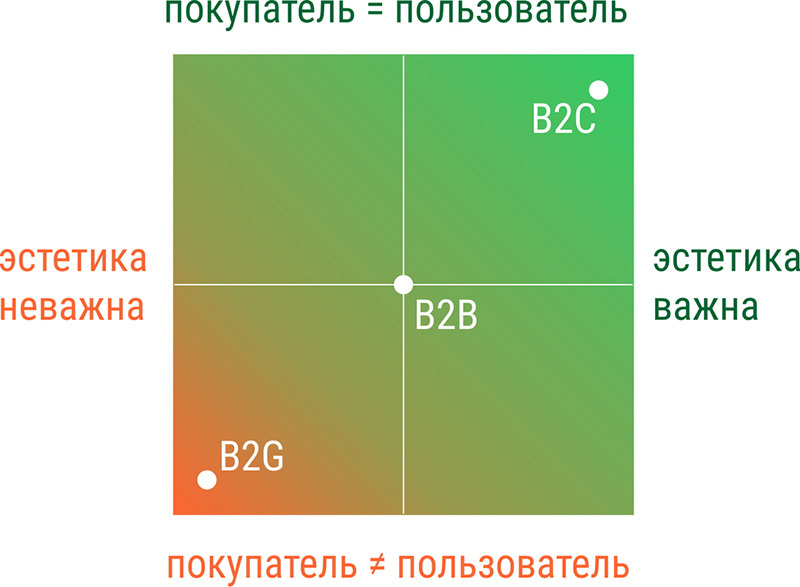
If your product falls into the "green zone" - you must pay attention to the development of the aesthetic appearance of the product, since this property of the product is important to the buyer (user). Accordingly, work with the appearance, with the "design" in the trivial sense of the word, will have an impact on sales.
Take examples from human life, not from dog life:
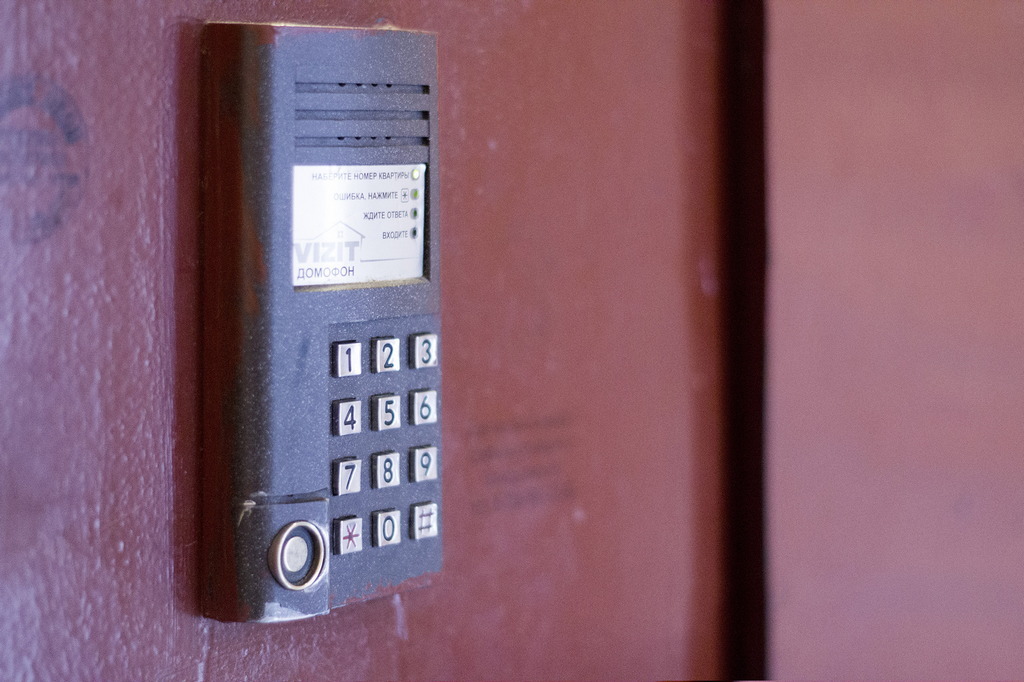
Doorphone Panel, Visit
The user of this product is a resident of the entrance. The buyer is conditionally a “foreman” at a construction site, more precisely, a procurement specialist in a development company. Does the buyer care about the appearance of this panel? Does the manufacturer need to take care of this? Is it worth investing in the development of appearance? The questions in this case are rhetorical.

Stroller, Thule
An example when the buyer and the end user do not coincide, on the B2C market there is a pram (and in general, a whole range of children's products). The end user is a child, but if the strollers were made to please the children, they would look completely different. The buyer is a parent, and it is on them that industrial designers work, emphasizing with all the appearance of the product that the wheelchair is safe and secure, convenient to use, ergonomic, does not harm the child’s development ... The Thule runner meets all these requirements in terms of appearance. It also satisfies additional requests: it confirms the status of a family as a prosperous, modern, progressive, mobile, athletic and, as a result, healthy, beautiful, full-fledged ... And all in the same stroller design!
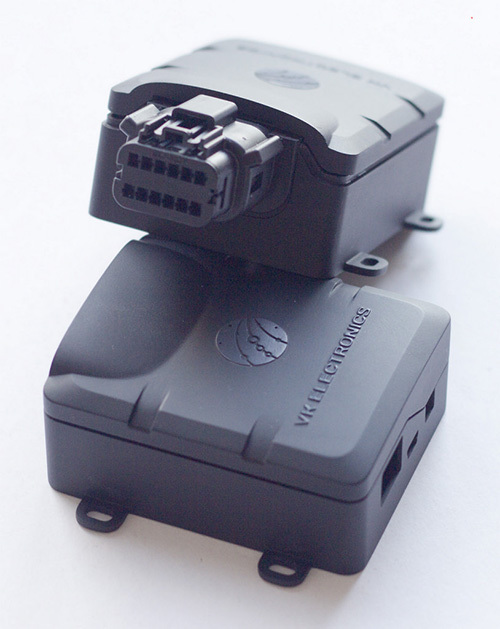
Autotracker, VK Electronics
This is one hundred percent utilitarian thing: I hooked it up once, screwed it to a truck or bus, and forgot it - just to work. The buyer is the vehicle fleet purchasing department. Users are different, but the main one is a specialist who uses data from this sensor. Does he care about appearance? No, of course! Can it influence the purchase? Yes, maybe if all the other properties are identical to those that can be found in competitors, and the purchaser will come to this specialist with a request to help with the choice. Then the latter, like any user, will approach this issue emotionally and offer the option that he likes more.
So - determine the target audience of the product and its need for external aesthetics. You will immediately understand whether it makes sense to improve sales, investing in design, and if so, how much.
Now that you have met your buyer, you need to decide how to give him more than competitors can.
Competitors
Assessing the competitiveness of the future product, it is important to consider not only the direct applicants for the same or close segment of the market, but also for everyone who, in principle, satisfies the same need of the buyer. For clarity - a person needs fresh air in the summer heat. It can open a window, it can hang a wet cloth on a fan, or it can turn on an air conditioner. All these solutions are aimed at the same expectation, but compete with each other in cost, convenience and other characteristics.
Even if the appearance is not the most important feature of the product, but your competitors are trying to improve it and invest in it, they create additional value for it, which means they actually “sell more for the same money”. Thus, the one who ignores the design, will stand in the eyes of the buyer a step lower. So, in order to persuade him to buy exactly your product, you need to “strengthen” other properties: price, functionality, reliability, and so on.
There is no need to go far for examples - we will look at any equipment (practically in any sphere), which is made abroad and in Russia. Here is the industrial equipment, where the appearance really has a secondary value - laser cutting machines:

From left to right: TruLaser 5030, Trumpf (Germany), Fibermak G Force, Ermaksan (Turkey), Navigator KS-3V, VNITEP (Russia)
In order for ours, the Russian manufacturer, to stand "on the same shelf" with such competitors, it is necessary to exert a lot of effort. Significantly expand the functionality, offer longer service programs or other similar benefits, that is, repeatedly compensate for what was “lost” by other properties of the product.
But this is half the trouble. We must also think about the future. If your competitor is engaged in design, this means that he is already designing a new product with which you will have to compete tomorrow. For clarity:

Mobile terminal DIPP, Papilon
In other words, if the appearance of the product is important to your customer, you will have to improve the product design. But if competitors do the same, be careful - most likely you are already late with the update, and you have to think a few more steps forward.
Massage: buy me because I'm so
There are other properties of the product, in addition to appearance, with which you can work. For example - what our product transmits to the buyer. As we have already figured out from the example with the stroller, the design of the product should not only attract attention, but also transmit some messages to the buyer - using form, color, texture. The buyer can count such a message on a subconscious level in those seconds while he is looking at the shelf with goods or studying the virtual storefront of an online store. There is a special term - “tectonics” - the visual embodiment of the internal structure. Product design and the message that it sends to the buyer must match their expectations. You need to know what those expectations are.
- If he needs a "non-killed" product - show him that
You produce construction equipment or tools, and you need to transfer by means of design that the product is reliable and will withstand any extreme conditions. You should not choose soft smooth forms. This product will not be noticed by the target audience or it will be perceived incorrectly. So - they will not buy.
For example, the Zebra 3600 ultra rugged scanner uses large, chopped shapes, bright colors, a rubber coating at potential impact points, additional seals for moisture protection, and a metal mount for the carbine. All this helps to "reach out" to the target audience - people working in difficult conditions in industrial enterprises, warehouses, outdoors.
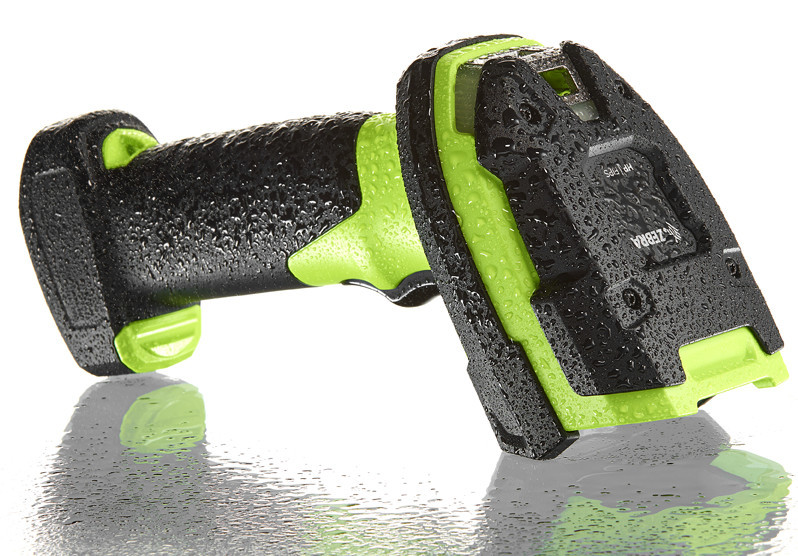
Zebra 3600 Scanner
Another example of communication is the means of industrial design. Take a look at the Zeiss lenses. Immediately read that this is above all accurate, reliable and professional equipment.
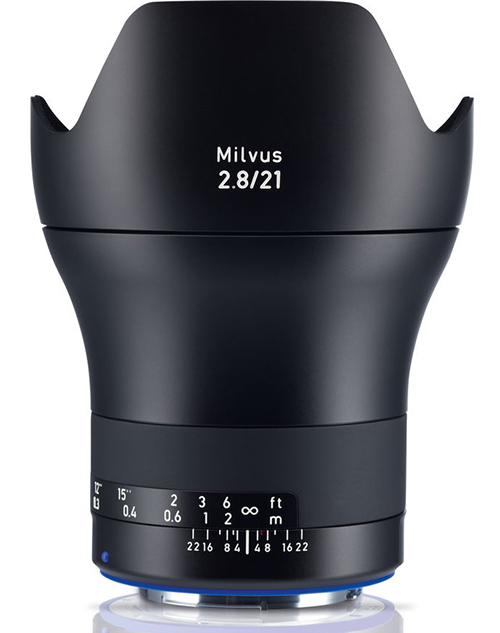
Lens Milvus 2.8 / 21, ZEISS
The manufacturer of home appliances BORK was able to create a recognizable brand in Russia, although their goods - like those of competitors - are made in China. Design plays a very important role in this. The abundance of metal parts, simple symmetrical shapes, large sharp edges - all this creates an image of brutal and reliable technology (as a matter of fact, we will leave it up to consumers). Such an approach made it possible to stand out from the competition and increase the final cost of the product, and hence the profit.
With the help of design, you can distance yourself from competitors by selling essentially the same product!
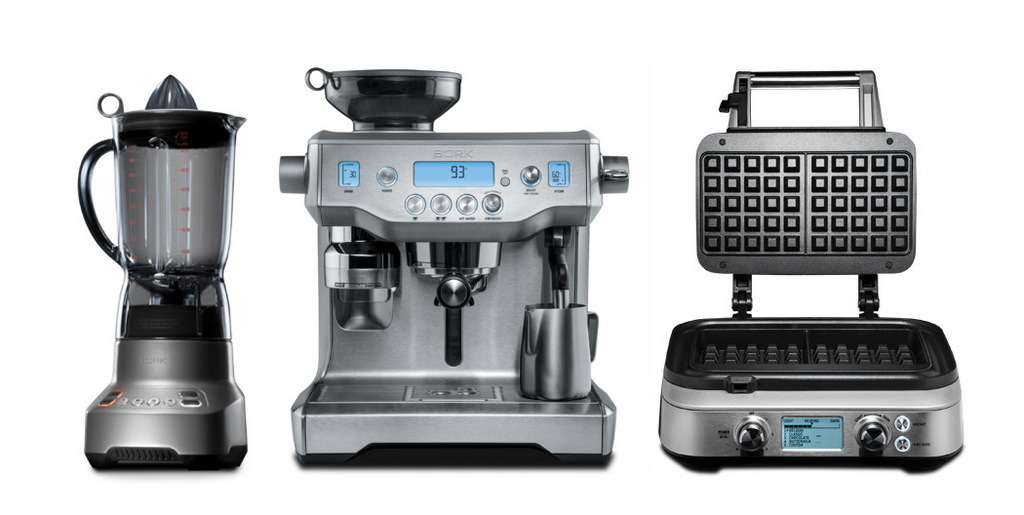
Household appliances, BORK
Legend always costs more
Often, large corporations, owning several brands, in order to reduce costs and unify production (which we wrote in our first article ) produce products that differ little from each other in electronic content and specifications. But outwardly make them different, due to the design giving them the characteristic features of different brands. These brands may even be in different price categories! Accordingly, margins in the higher price segment will be higher.
Similarly, for example, BSH, which owns the home appliance brands Bosch and Siemens, is doing this. In washing machines of these brands many identical components are used. But due to the design, they look - and stand! - differently. A similar example is VW and Skoda cars. They are built on the same base, but at the expense of the work of designers possess individual traits and features. A kind of “hierarchy of legends” is also being built: VW is the best car “for the people”, it is German reliability and quality, and Skoda is almost VW, only cheaper and “younger”.

Washing machines, left Siemens, right Bosch

Cars, Skoda Kodiaq on the left, VW Tiguan on the right
However, buyers have already become quite corrosive, and now it is clearly not enough just to make an attractive case and tell a beautiful story. Buyers monitor offers, compare products from one category with each other, read reviews and reviews, where all aspects of the product life cycle are disclosed: usability, durability, service and support, and so on. They want more competitive advantage for the same money. If you want to sell, you need to match!
Functional: give more for tezhe money
What can an industrial designer offer besides aesthetics? Ease of use of the product. At first glance, it may not be obvious, but will inevitably be revealed in the process of use.
The door of the locker does not slam, but closes slowly and silently. On the packaging with cookies made perforation for easy and convenient opening. At the entrance to the staircase the light automatically lights up. Someone has already thought in advance about you and about those minor sources of discomfort that may cause you inconvenience.
Conduct a mental experiment, imagine all the stages of using your product, put yourself in the consumer's place. What if it is an old man? Or they will work in gloves, in a hurry, in the dark ... Think about what minor problems may arise and warn them. Test different user groups on the prototype, carefully observe their behavior. Finding a problem means finding an opportunity to improve a product.
An excellent example is the charge of Apple with Magsafe connector, which are attached to the laptop with magnets. The contacts are arranged symmetrically, so charging can be easily connected even blindly. In addition, this mount protects the laptop from falling: if someone accidentally hooks and pulls the cord, the charge will easily disconnect, and the computer will remain in place.
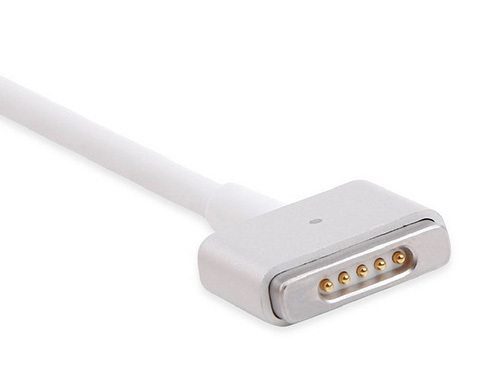
Magsafe, Apple Connector
Another example is when additional functionality is added to a product. Shoe box Puma lever little bag can later be used as a shoe bag
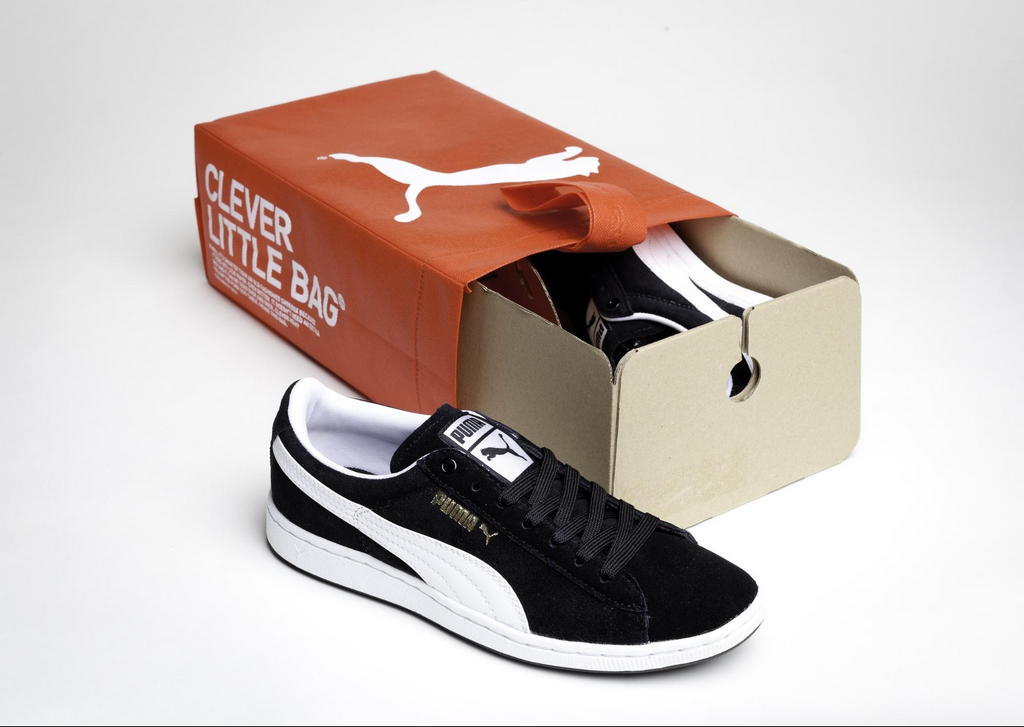
Packaging for shoes Clever little bag, Puma, design Fuseproject
- It would seem that all this stuff, but they matter!
From such trifles there is an impression about the brand. The user feels that they care about him, and the next time he will be more loyal to this brand when buying. So, reasonableness, attention to detail and caring for user convenience can become important competitive advantages.
Creating additional functionality, one should not neglect the principle of “necessary sufficient”. Who may need a mixer that whips an omelet and simultaneously performs the "March of the trolls" from the ballet Peer Gynt, although this is more for the same money? But you will not regret having worked on the ergonomics of the hand mixer.
Ergonomics: make a thing you can not notice
Really convenient thing you do not notice - says the basic principle of ergonomics. Ergonomics becomes a particularly important factor for products that directly interact with the human body: an office chair, a computer mouse, a mixer already mentioned, or a virtual reality helmet. The difficulty lies in the fact that such products must include all possible male and female sizes, taking into account ethnic characteristics and differences. It's no secret that Asians are much “smaller” than Europeans, and in the USA there are a lot of people with extremely high weight.
There are special ergonomic tables with basic anthropometric dimensions. But as a rule, they are not enough - you have to do tens or even hundreds of prototypes before the most convenient form of the product is found. The result of such painstaking work is good reviews about the product and happy users, who can now afford to ignore the thing.

Layouts and prototypes of the Logitech G700 computer mouse, Design Designners
You can say - why do we need so many prototypes? Like, we know our user, this is a man in the prime of his life, he is physically enduring and straightforward, so to speak. Our product will not be used by a child, an old man or a miniature Japanese woman, why spend time and money working on prototypes for different hands?
Well, what if a man has a cut on his arm in his prime? Or just wet hands? And he was injured because you did not provide protection for the cutting surface, and sweated - because you decided to add twenty new functions and each made two buttons!
Do not forget the simple and understandable rule, a kind of continuation of the laws of Murphy, which every competent industrial designer uses:
- If the user can make a mistake - he will make a mistake!
And check where it is, you can only prototypes. So it goes!
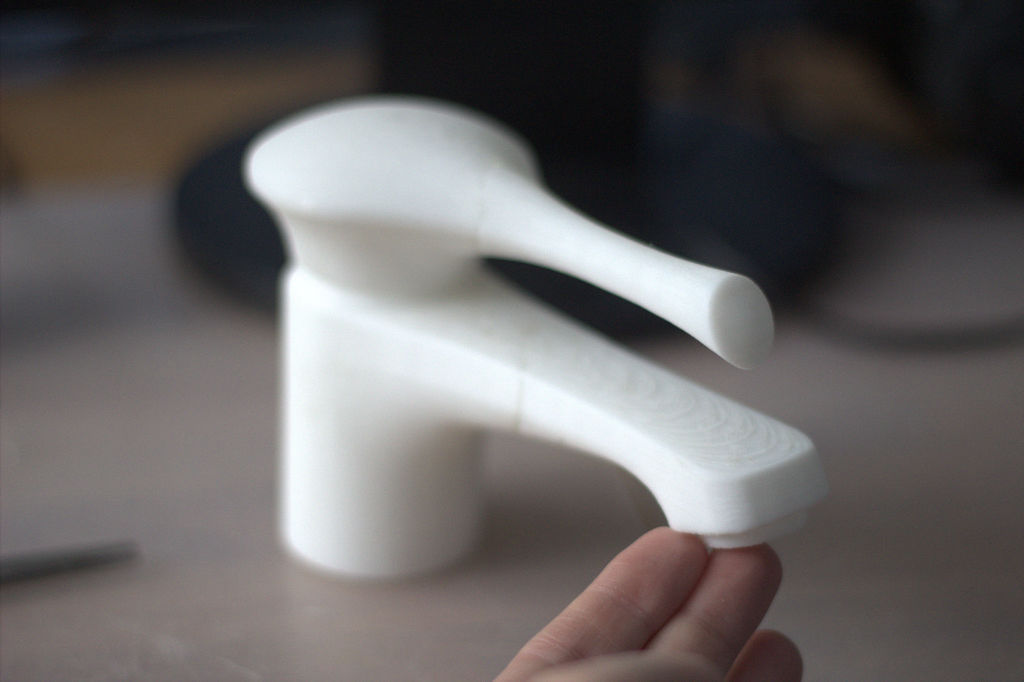
The layout of the mixer "Rosinka", the design of our company
Functional durability: they lived happily ever after, until they were tired ...
One of the important criteria when choosing a product is durability. We do not want to pay for the thing that breaks tomorrow. But immediately it will not affect sales. This advantage takes time to manifest itself. This is the second purchase or the first purchase, initiated by the positive experience of other users.
A problem from the category of sophistry: for many years I have been buying the same model of the teapot - everyone lives 4-5 years. Which teapot I will buy in 3 years?
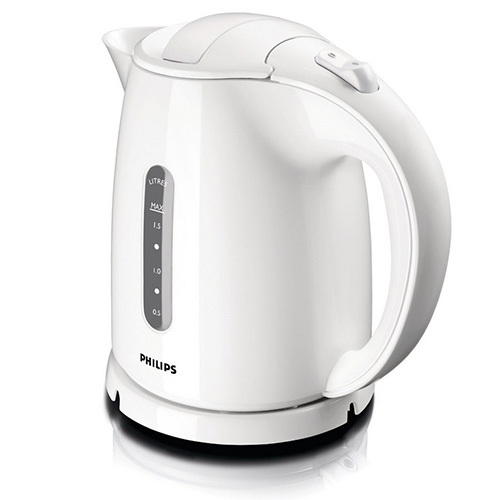
Electric kettle HD4646, Phillips
If you, knowing in advance about the fragility of your product, suppose that I will go again and buy your kettle, you are deeply mistaken! The fragility of the product will leave a negative impression on the buyer, and in the future this attitude will be fully transferred to your entire brand. And what's more, he will actively share his negative experience with all those around him. So, if you plan to exist on the market long enough, take care in advance about the reliability of their products. A model in this regard can serve as a glorious Nokia 3310 phone, which has the reputation of the most "unkillable" handset of all time. And it’s not in vain - the Nokia 3310 crash test, during which the phone was thrown from different heights, was crushed with legs, placed under the wheels of a passing car, under a tractor, showed that the phone is guaranteed to be destroyed only by the tracks of the tank.

Phone 3310, Nokia
But there is a downside: if you want to make your audience buy more often now, you need to think about the predicted obsolescence. This approach is now heavily exploited by automakers, making cars from large non-separable fully replaceable units. This way they kill a small herd of hares:
- the buyer pays immediately for the entire node, which is not replaced by any analogues - sales are growing;
- the node can be finalized, having already released the car on the market, and then offer the buyer new options for new money;
- in order to replace the node, there is no need for highly qualified car dealers, which reduces the costs of warranty service and maintenance.
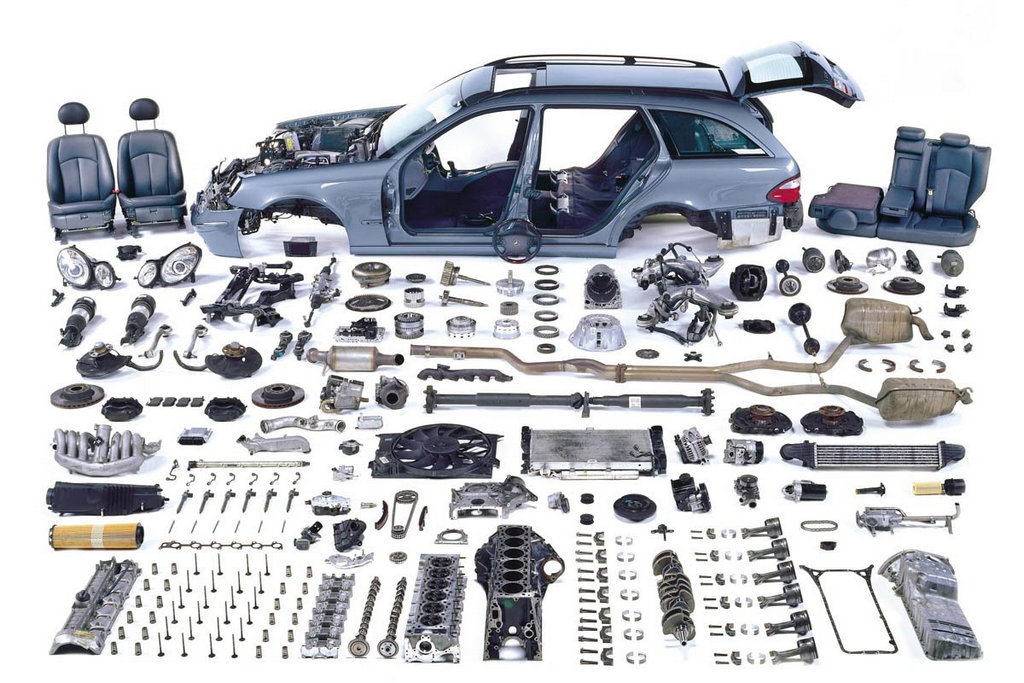
Car parts, Mercedes
Of course, it is impossible to implement this approach in a small device, where there are almost no nodes as such. But the planned obsolescence is a concrete and understandable tool for increasing sales, if you do not suffer from excessive ethical scruples, and you have a competent designer / designer. By the way, the European Union has already begun to legally combat obsolescence - this is an interesting note on Habré.
Stylistic durability: design foreva, things "without age"
When designing, it is necessary to take into account not only the functional durability of the product, but also the fact that its external design is not obsolete. To do this, avoid over-styling and fashion trends, as they are transient. What looks fashionable and modern today may not be relevant next year. Accordingly, sales will fall disastrously. If you plan to sell the same product for ten years in a row, its design should be “timeless”. Try to use the most concise and minimalist shapes and colors.
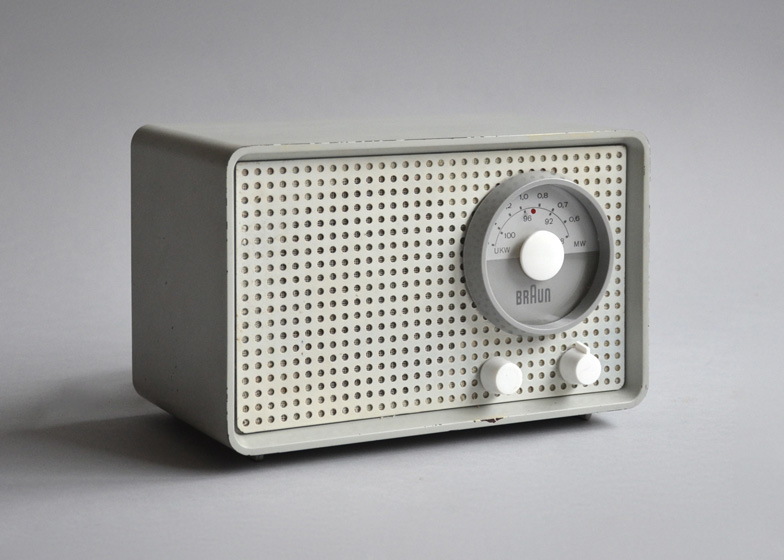
Radio SK2, Braun
We summarize, briefly on the points
So, we have described in detail how developing a product and managing its properties can influence future sales. We repeat once again - we do not prioritize: aesthetics - manufacturability - cost price - etc - all these are different directions with which to work.
To make your future product sell better, rate them all by answering the questions:
1. Who is the buyer and who is the user?
2. What are the properties of the product and how important for the customer: appearance, durability, price, functionality, convenience, ergonomics ...?
3. What is superfluous, secondary, that does not apply to the basic needs and expectations of the buyer, which, in principle, can be neglected?
4. And how can the product be improved to take into account these minor needs?
We really hope that something from our tips will be useful to you, and you will create and launch a successful product. Which will conquer all competitors, will conquer the world market and will glorify our Russian manufacturer and developer. It is high time!
The authors:
»Ilya Tkach, industrial designer
» Anvos , Andrey Vostrikov, industrial designer
»Kokhreidze Daria, journalist
Source: https://habr.com/ru/post/399763/
All Articles